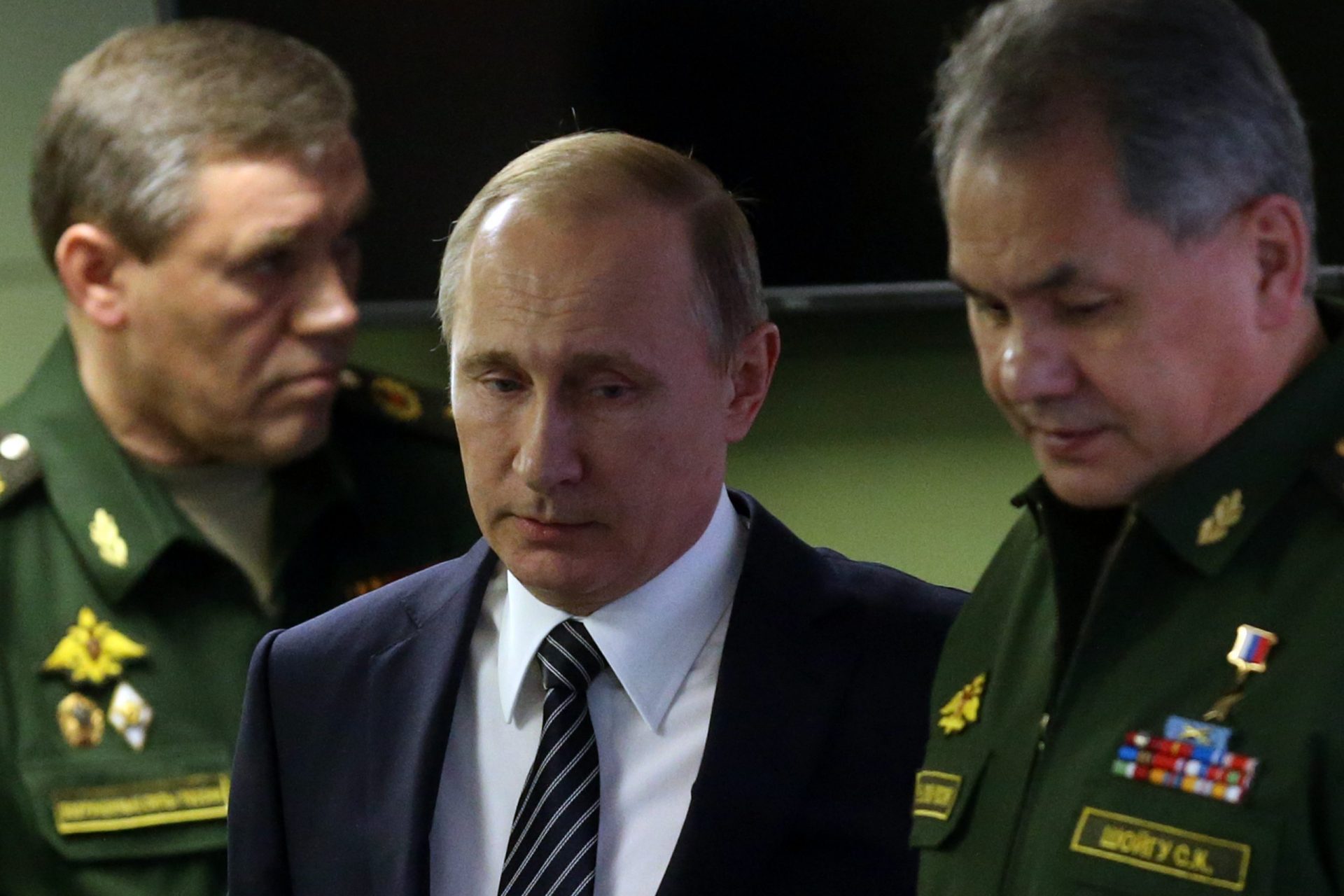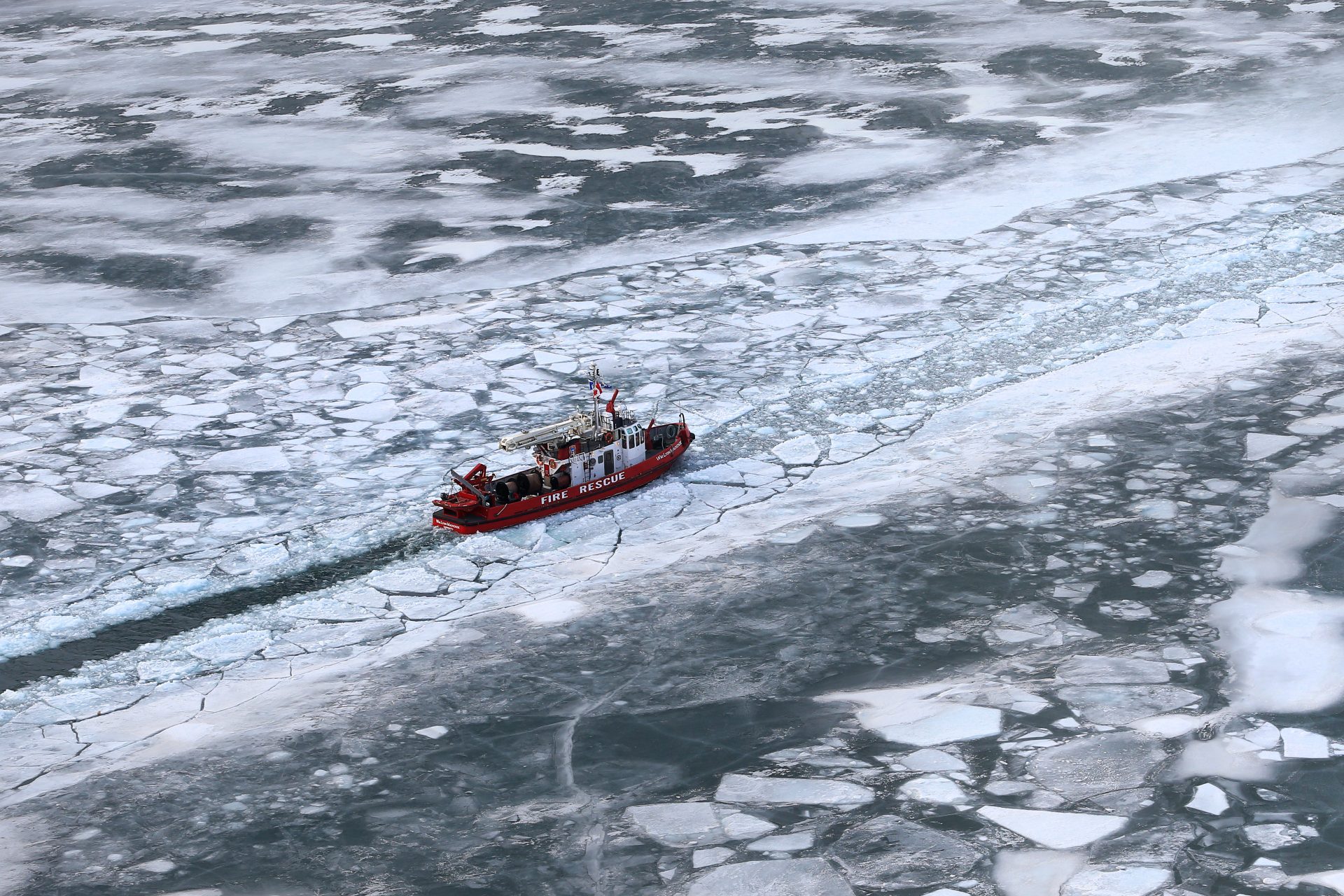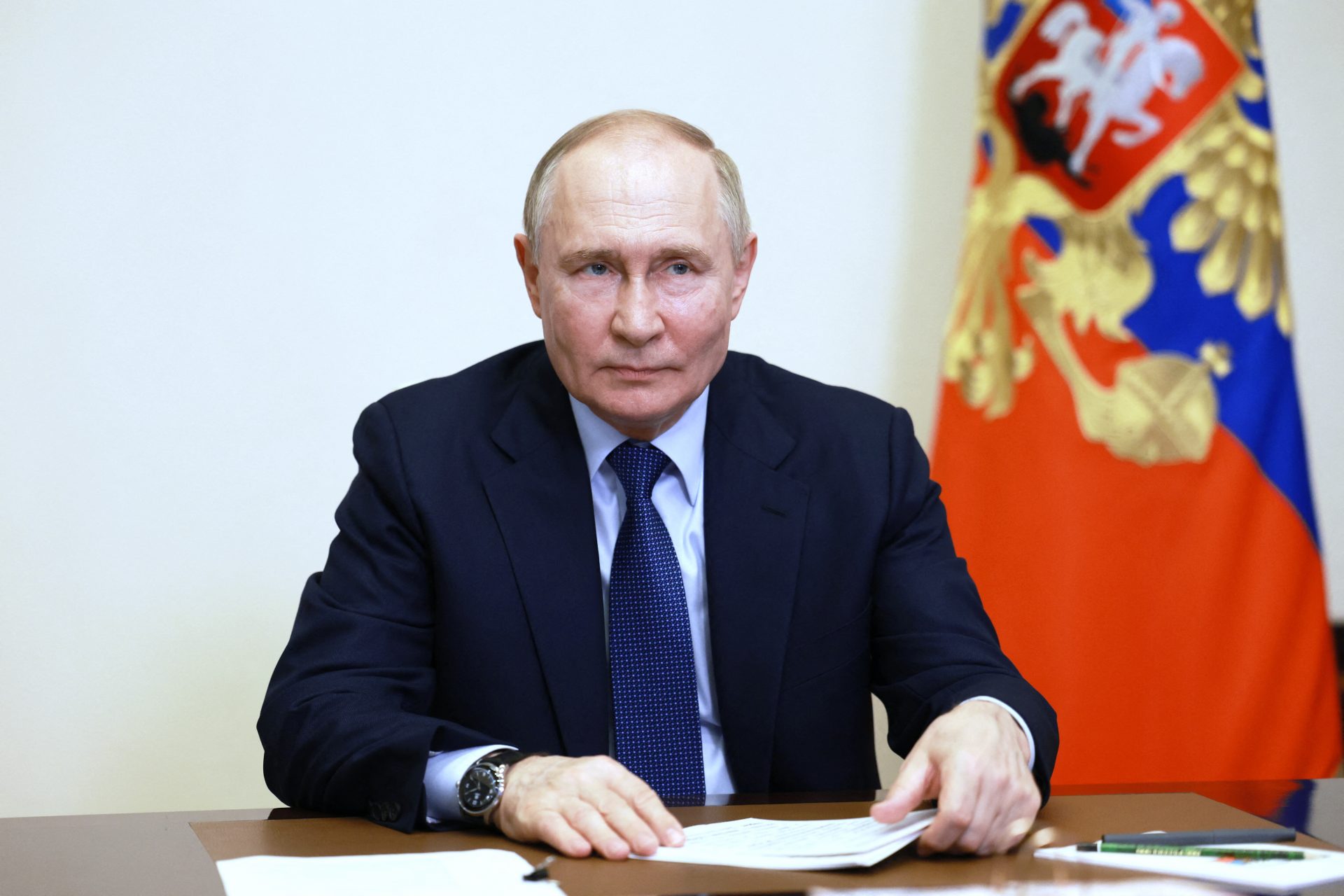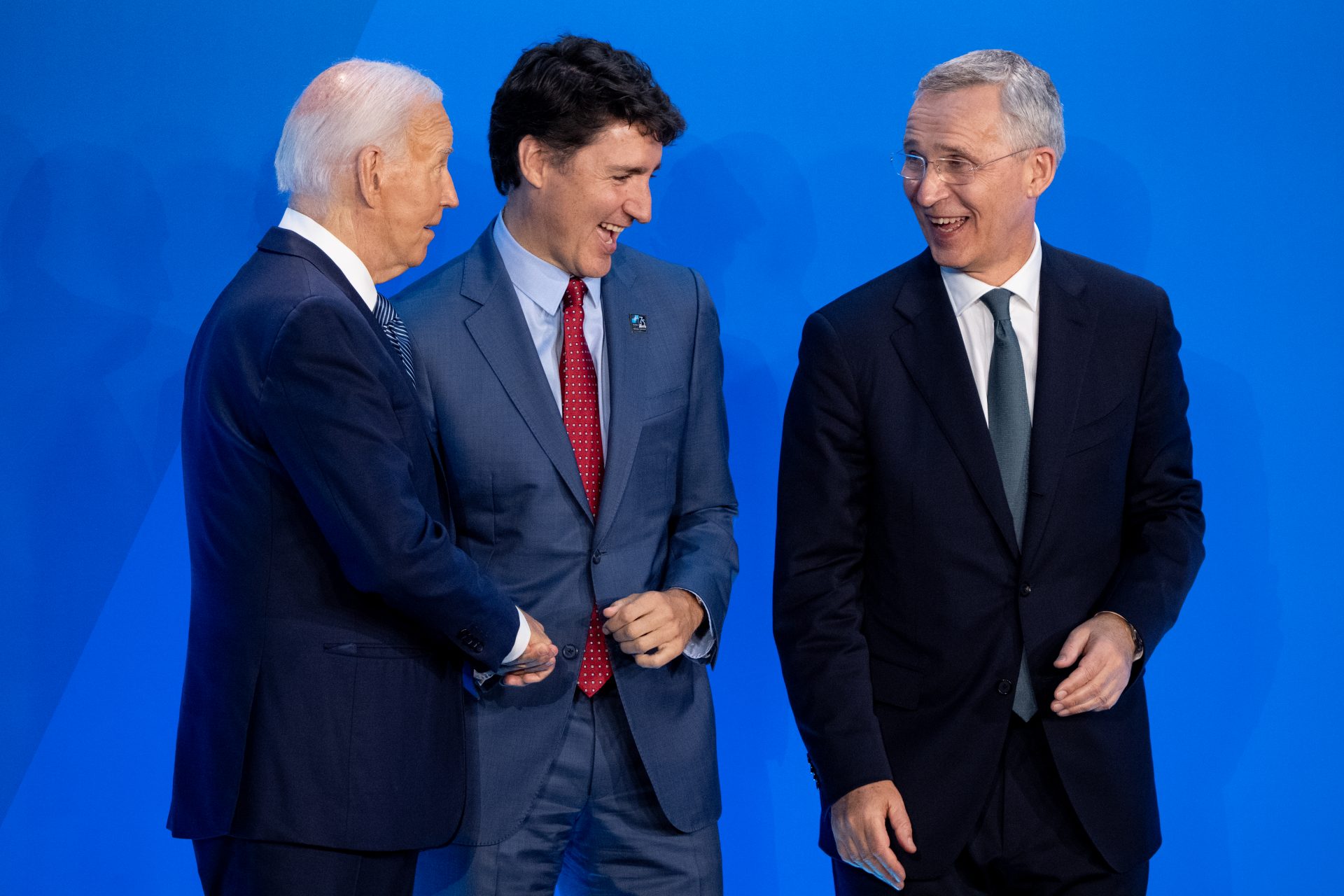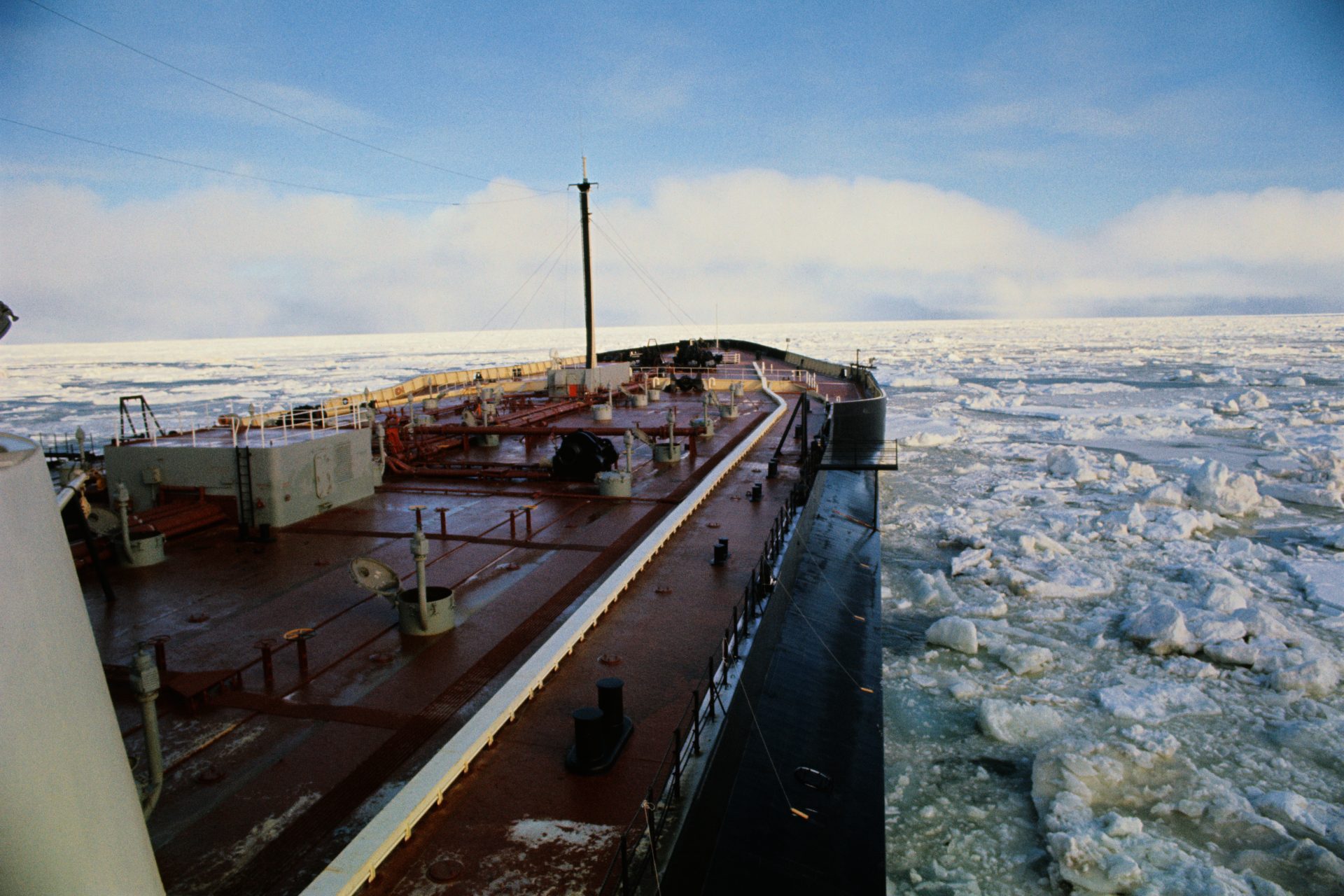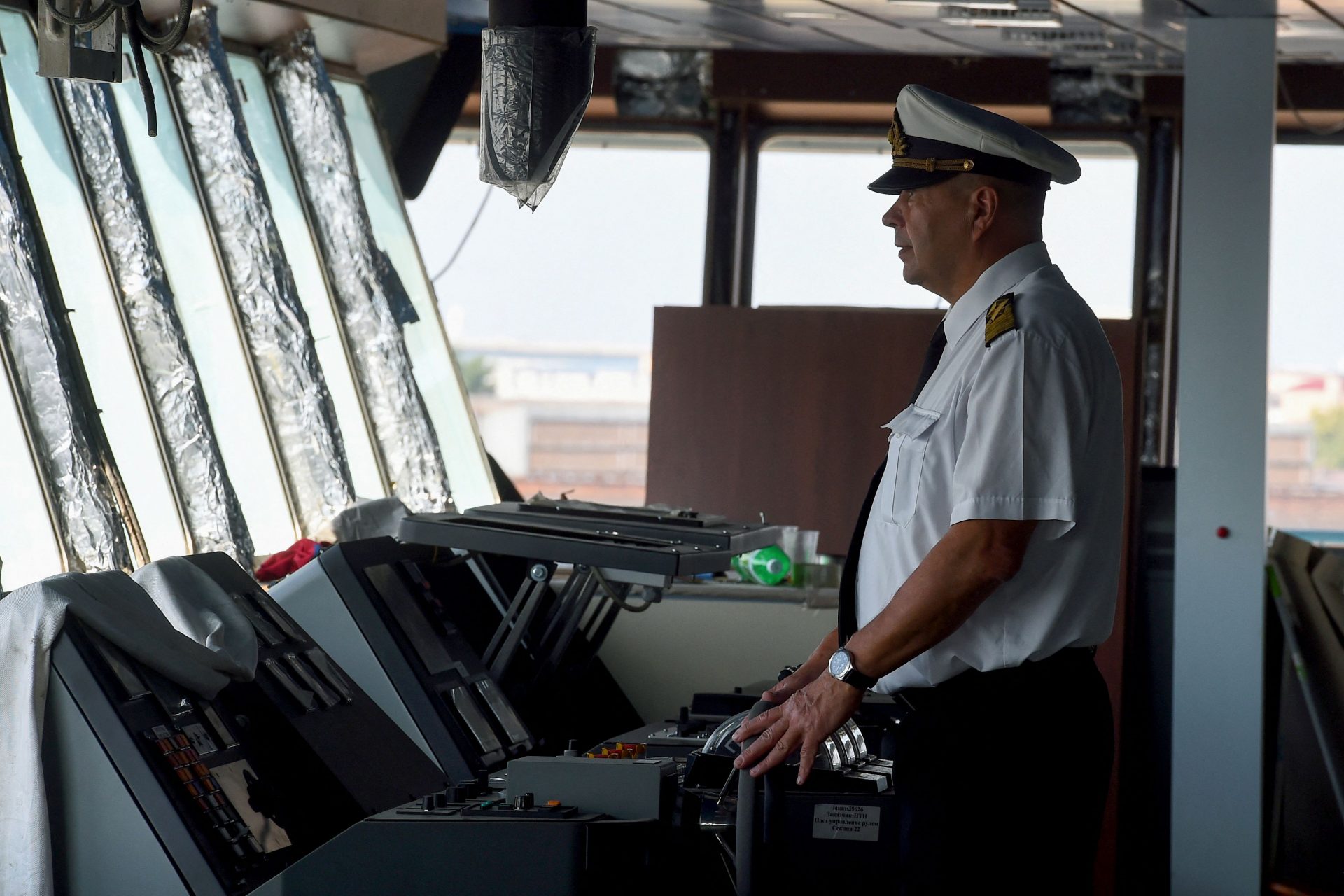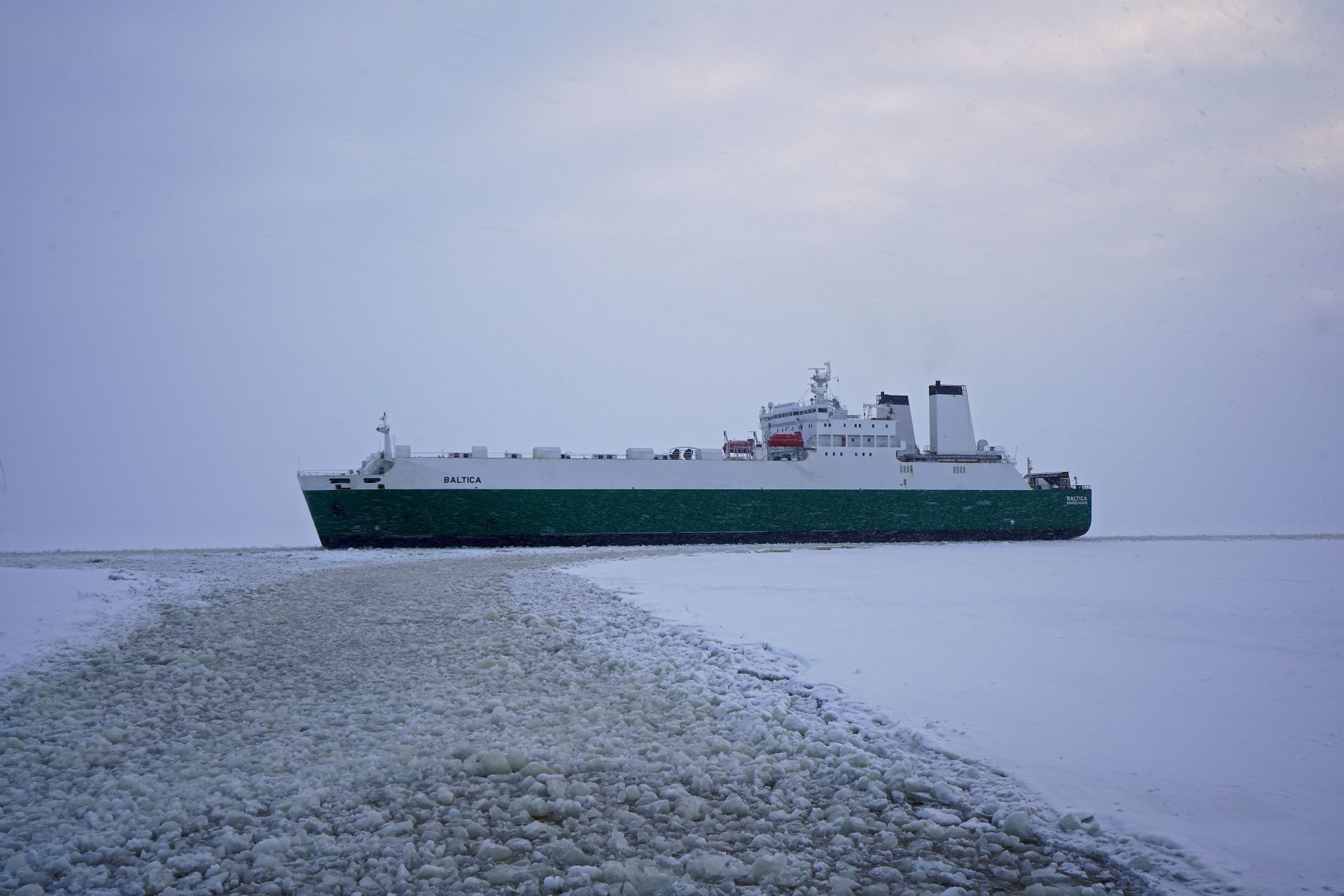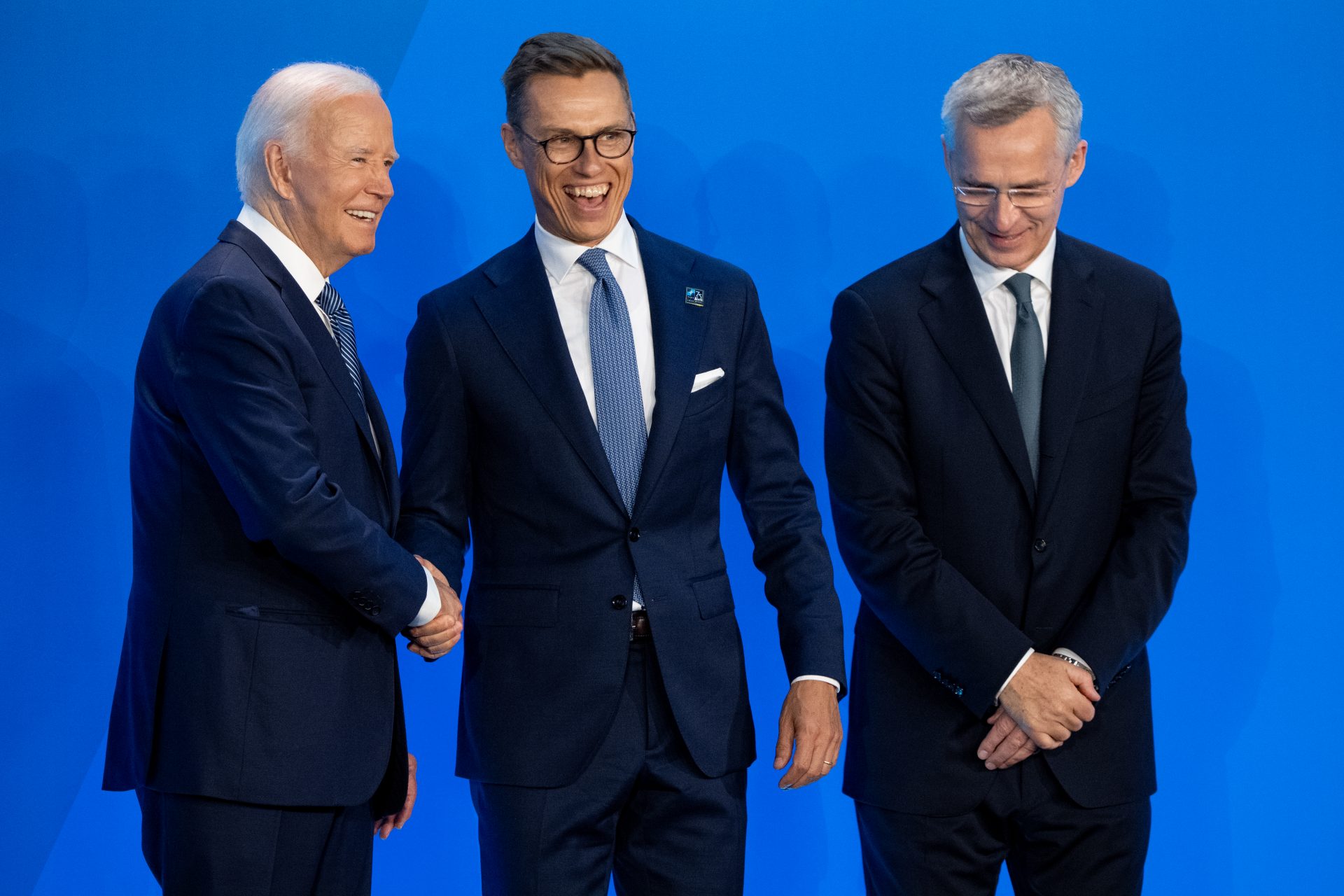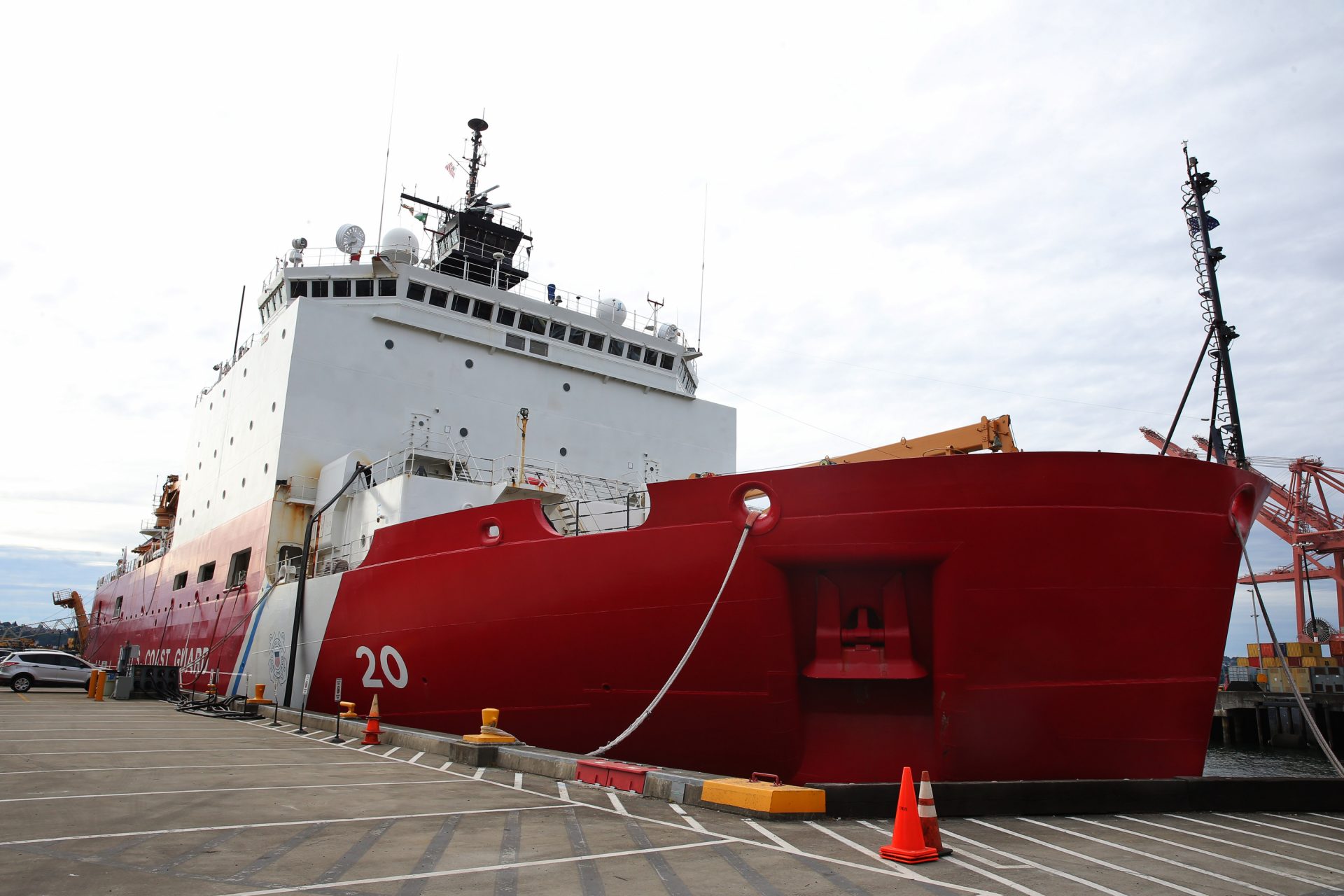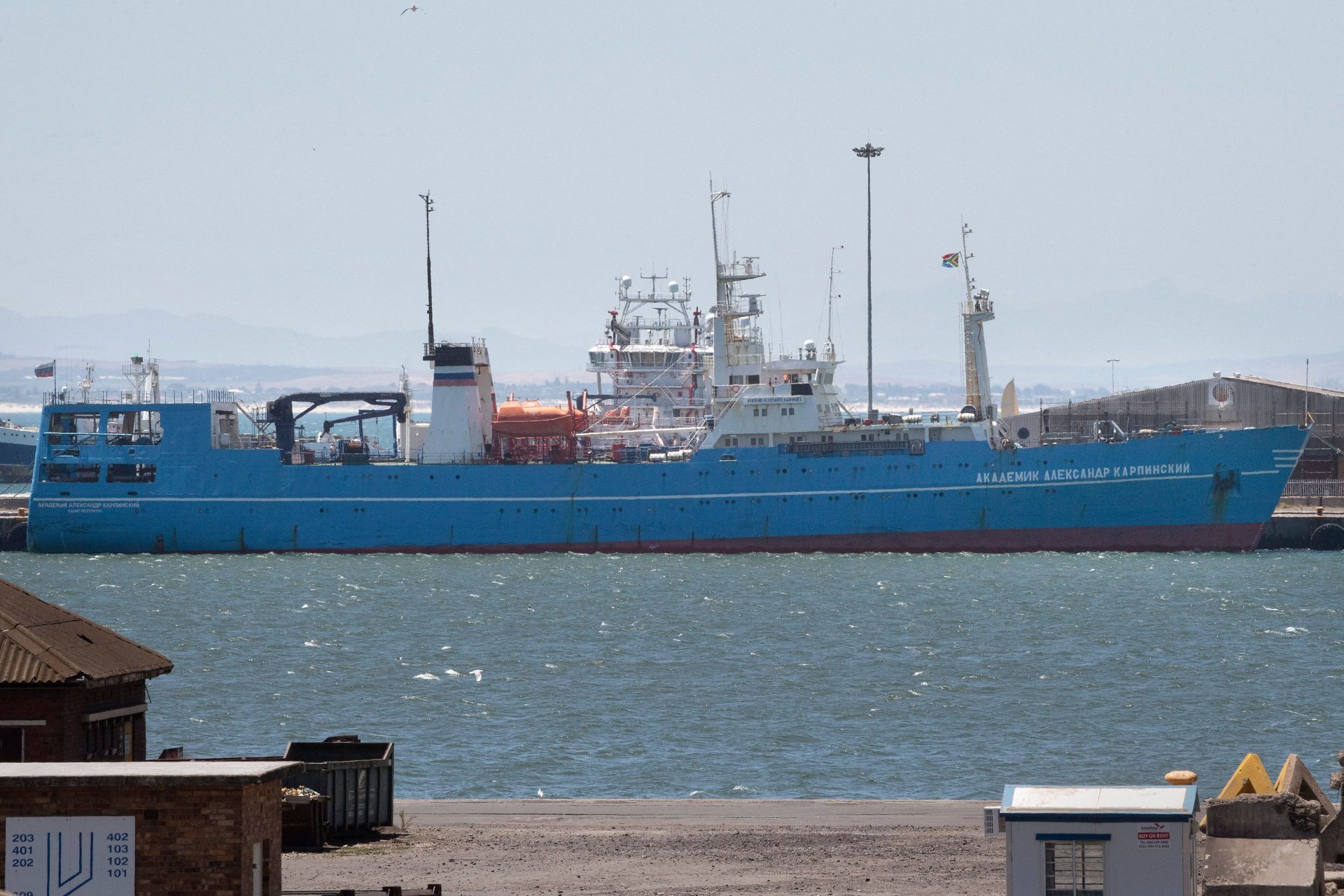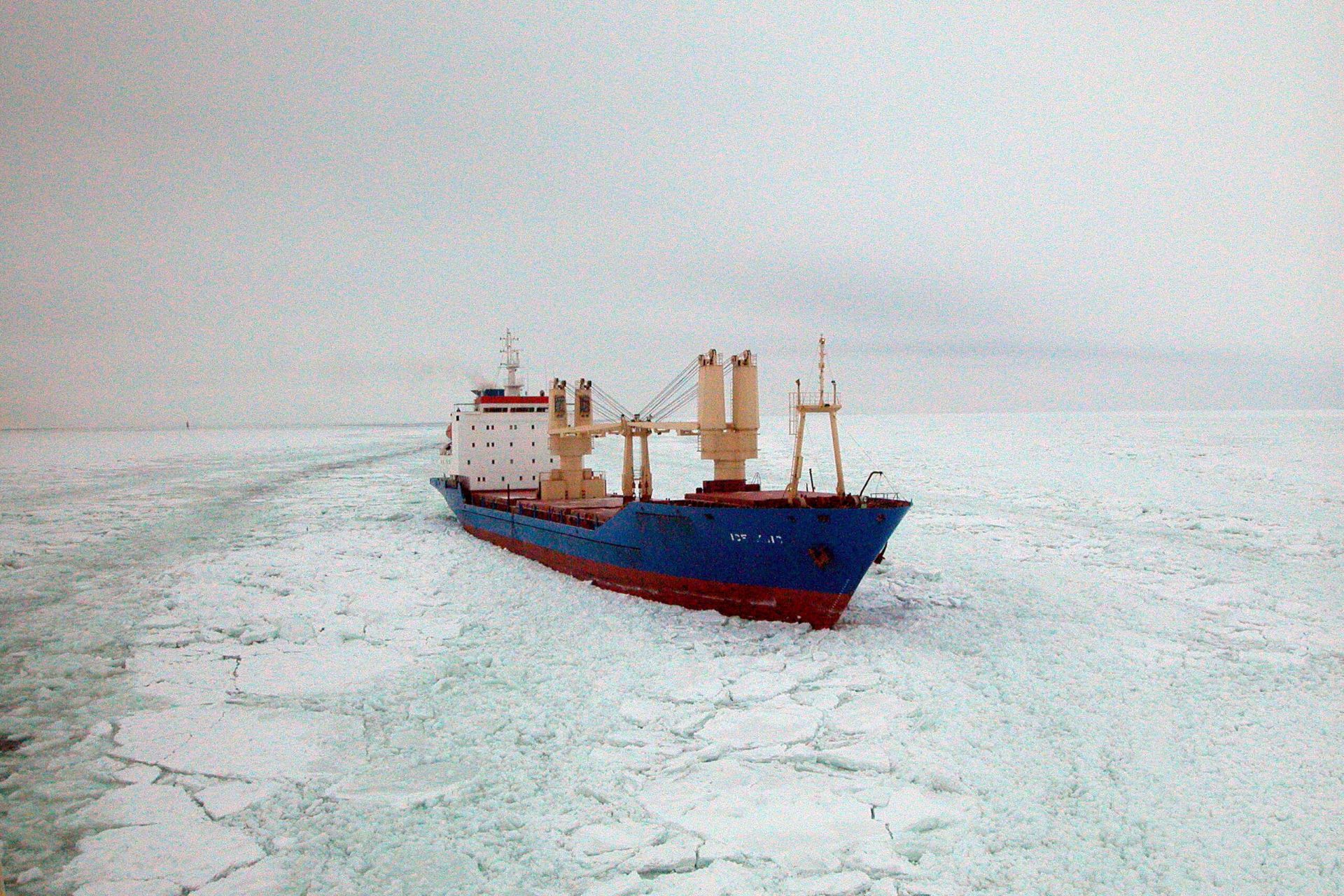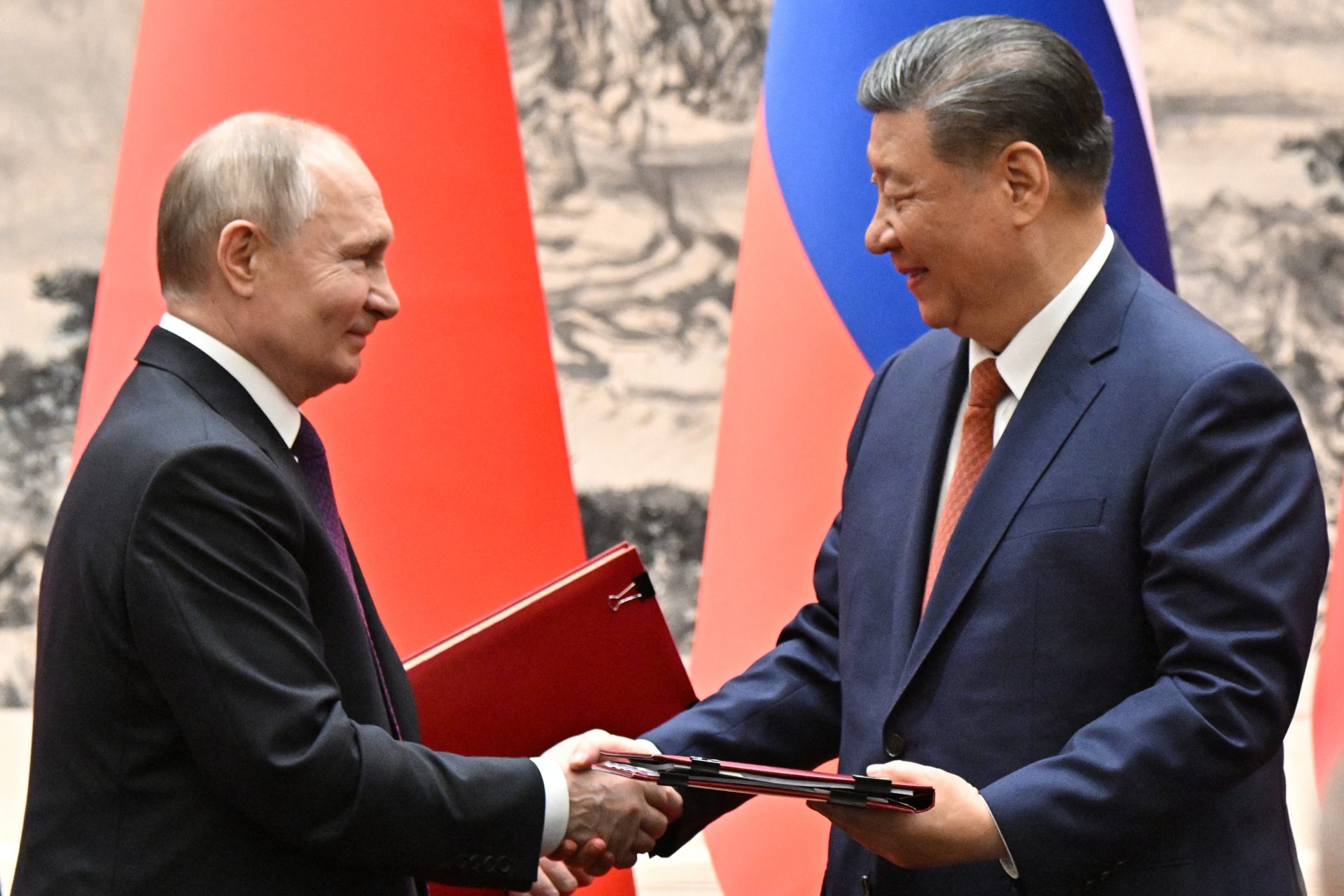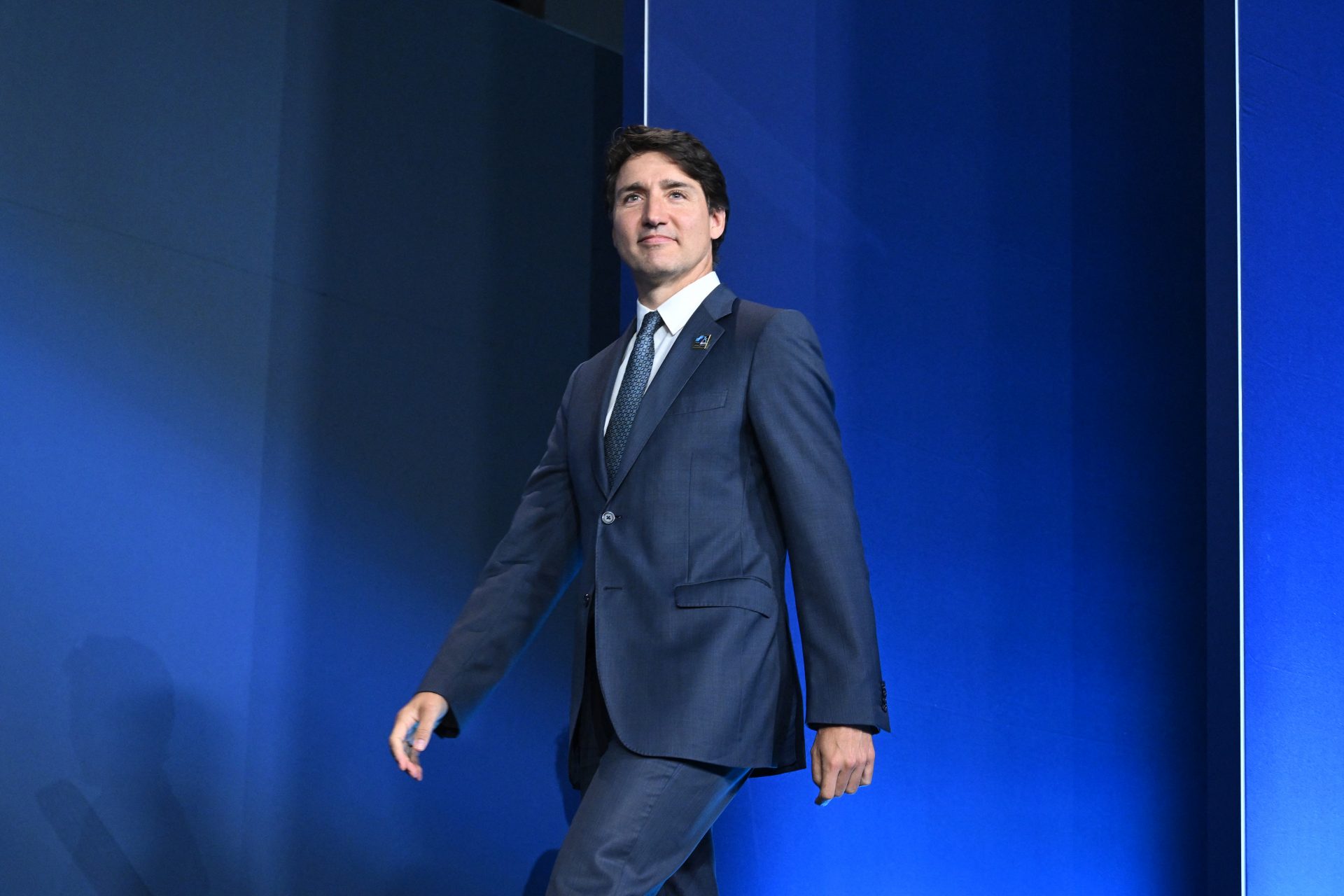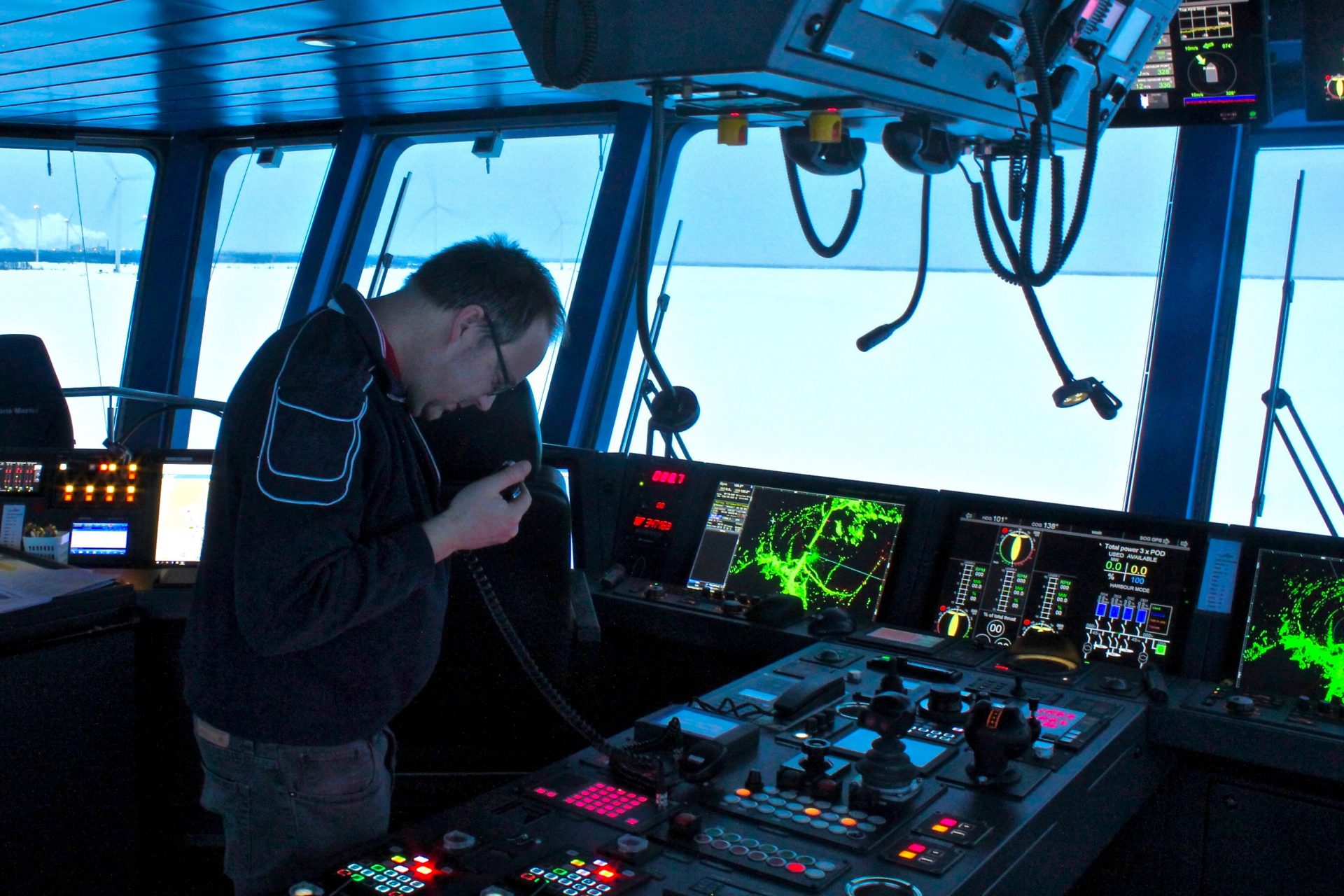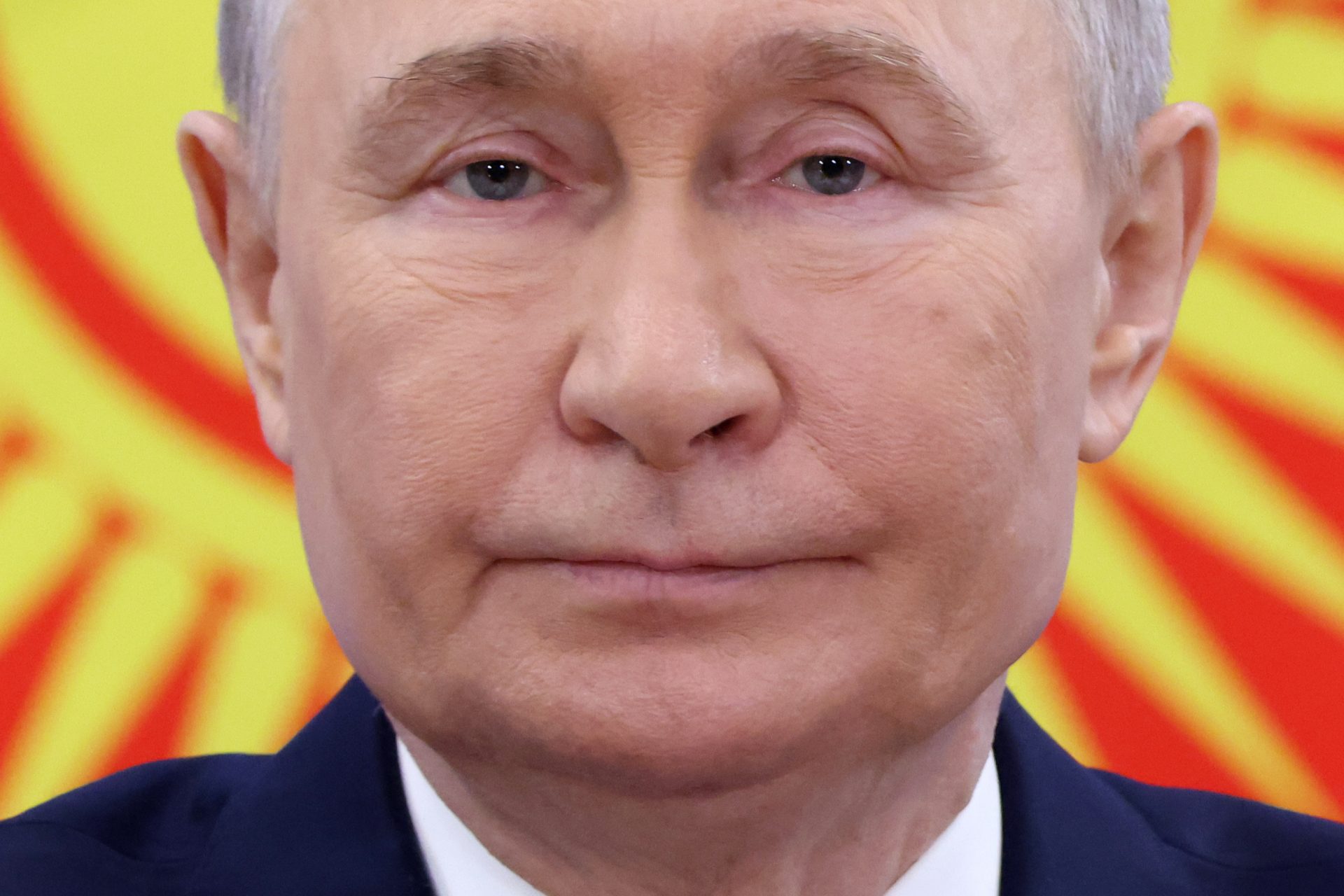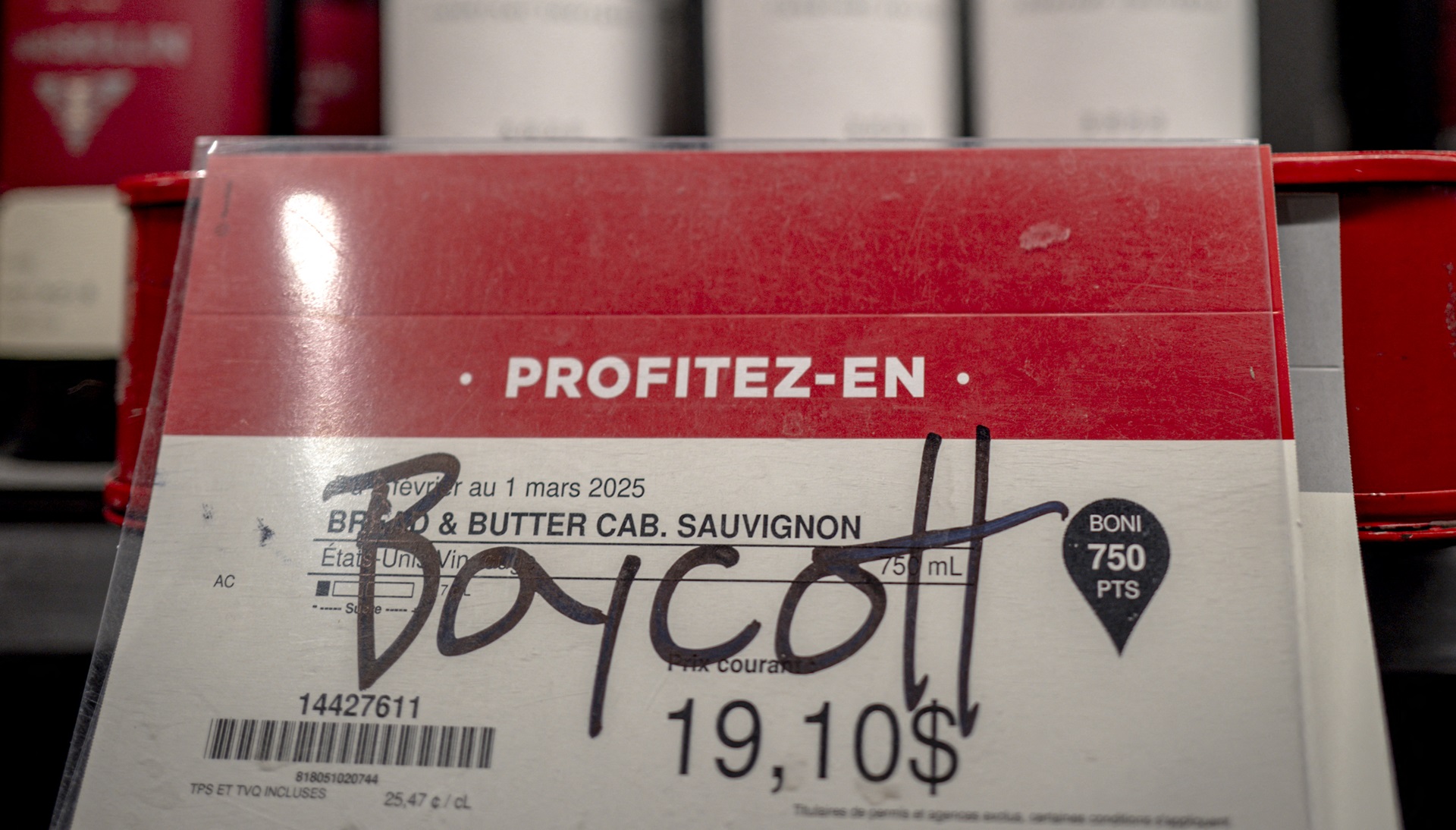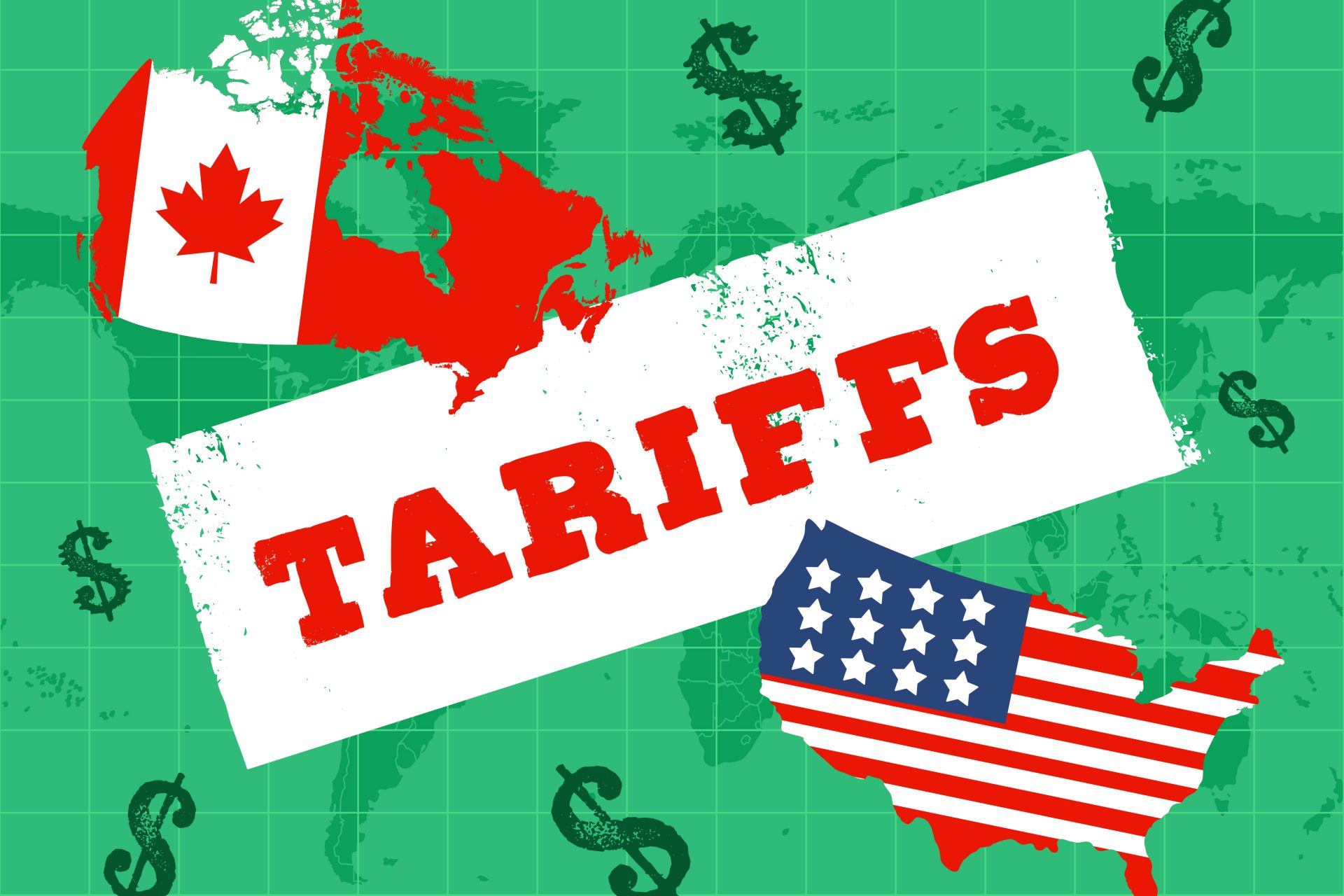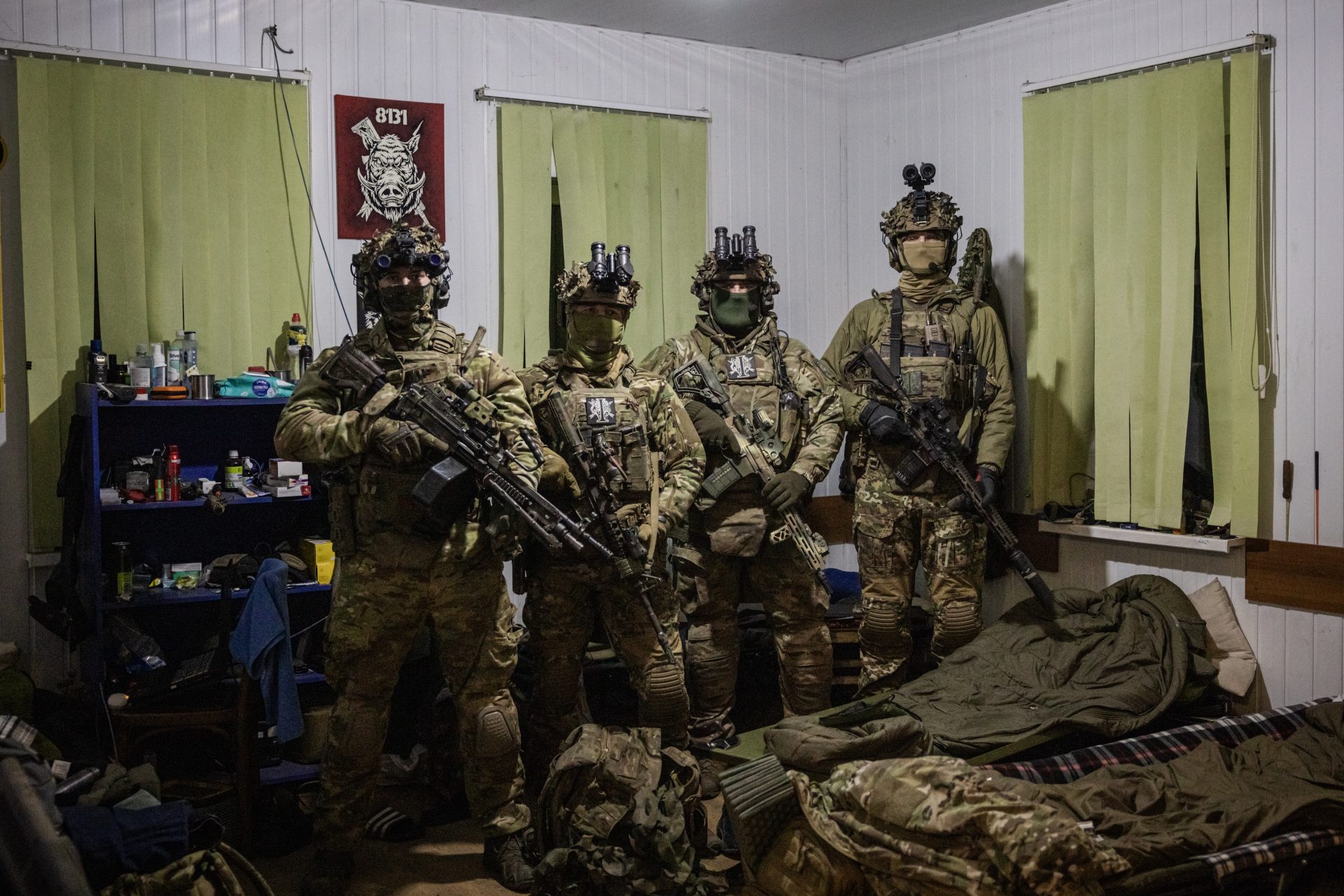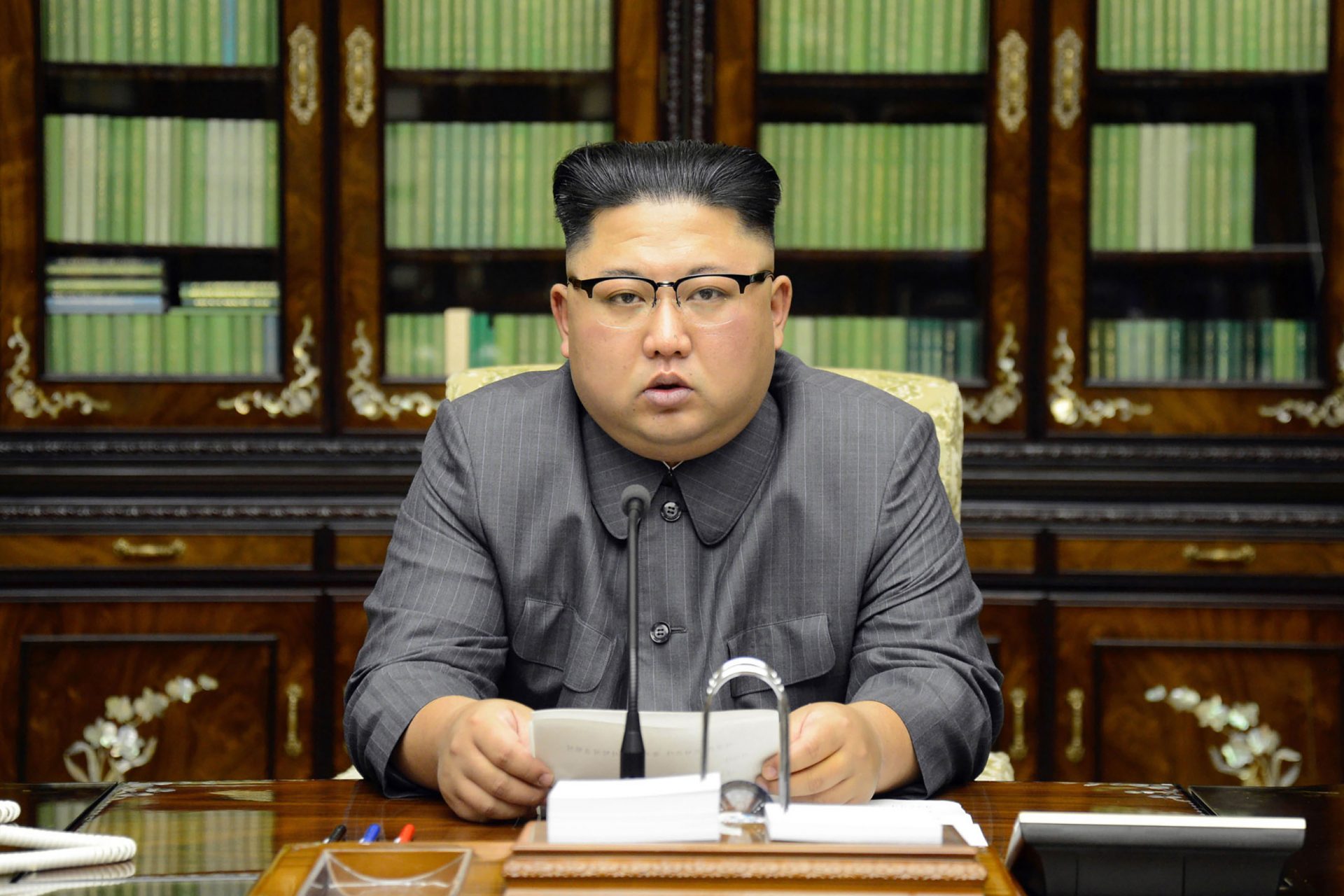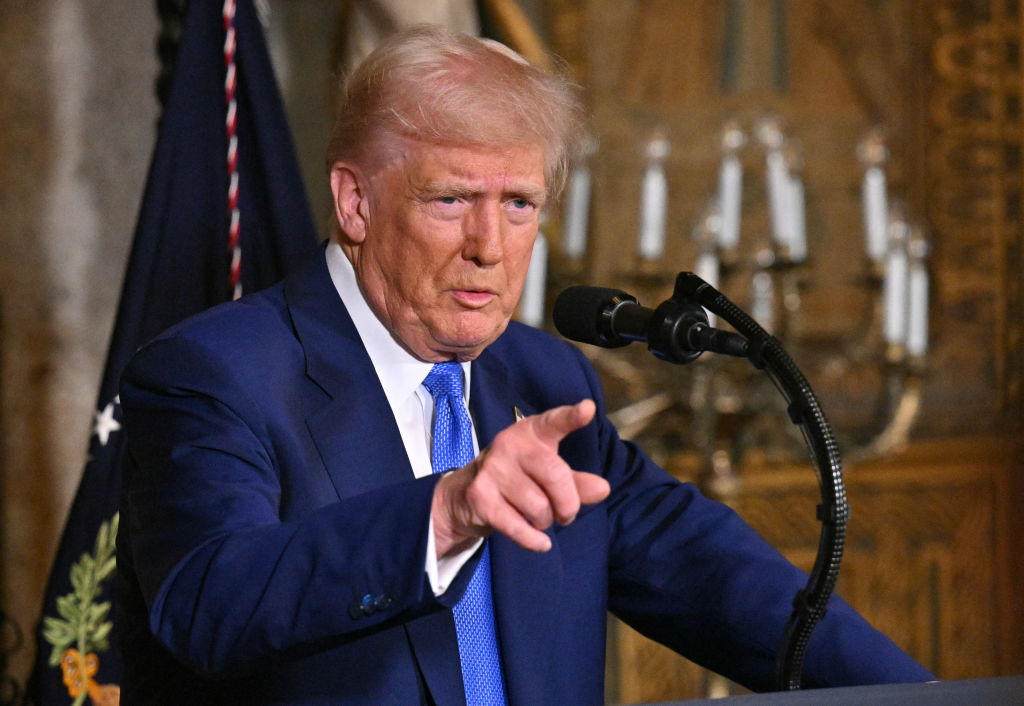Daring Confrontation: U.S. and allies target Russia in unexpected location
The trilateral agreement between Washington, Helsinki, and Ottawa has been called the Icebreaker Collaboration Effort or ICE Pact for short, according to the Associated Press, and the goal is to boost defenses in the Arctic.
Newsweek’s Jon Jackson reported that Russian President Vladimir Putin has sought to open up commercial trade in the Arctic, noting Russia has increasingly come to rely on the region’s seaways because of Western sanctions.
The new pact was announced at NATO’s 2024 Washington Summit. It not only calls for the development of an icebreaker fleet in the Arctic between the three countries but will also see enhanced information sharing on icebreaker production.
According to the Associated Press, sharing information on icebreakers will allow experts and workers from each of the three countries to train other individuals in shipyards in all three nations and will promote the purchase of allied ships.
The White House Deputy National Security Adviser for International Economics Daleep Singh said in a statement that the pact would reinforce to adversaries like Russia and China that the U.S. and its allies would work together to develop a “competitive edge.”
Singh noted that without the new agreement, “we’d risk our adversaries developing an advantage in a specialized technology with vast geostrategic importance.” This would be problematic for many reasons.
If Russia or China were able to gain an edge in arctic technology it could allow either country to become the preferred supplier of ships to countries that have an interest in purchasing icebreakers for Arctic operations.
“We’re committed to projecting power into the high latitudes alongside our allies and partners. And, that requires a continuous surface presence in the polar regions, both to combat Russian aggression and to limit China’s ability to gain influence,” Singh noted.
At present, the United States only has two icebreakers in the Arctic region and both of them are reaching the end of their usable service line according to Singh. Finland and Canada have far more icebreakers but Russia is still far ahead.
Canada has nine icebreakers in the Arctic region and Finland has twelve while Russia reportedly has thirty-six operational icebreakers according to data from the U.S. Coast Guard that was quoted by the Associated Press.
The Guardian reported that the ICE Pact could see the three allied nations produce up to 90 icebreakers for the Arctic region in order to counter the growing risks being posed by Russian and Chinese inroads in the global ocean.
In 2023, Russia and China signed their own agreement on a new Arctic policy in which the two countries expressed an interest in developing new polar routes that could be used for both military and trade purposes.
“As leaders of Arctic nations… recognizing the enduring importance of the region to our collective economic, climate, and national security, we resolve to deepen our cooperation to ensure the polar and Arctic regions remain peaceful, cooperative, and prosperous,” Canadian Prime Minister Justin Trudeau said in a statement.
“Over the next six months, we also will jointly develop an implementation plan for this collaboration to build these highly complex and critical vessels for our allies and partners with interests and responsibilities in the Arctic and Antarctic regions,” Trudeau added.
How the race to win the Arctic will play out has yet to be seen, but with climate change making northern sea routes more accessible than ever before, the Arctic region is likely to become one of the next major worrying flashpoints of this century.
More for you
Top Stories



